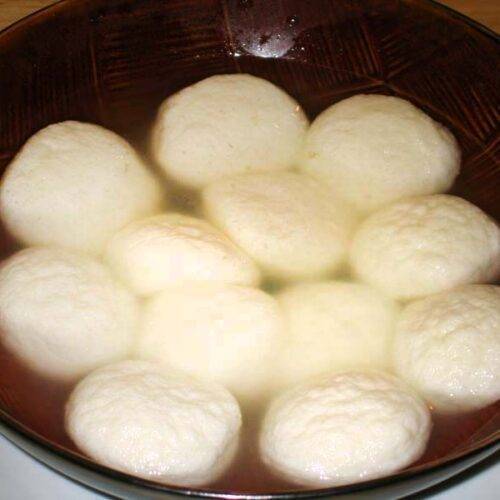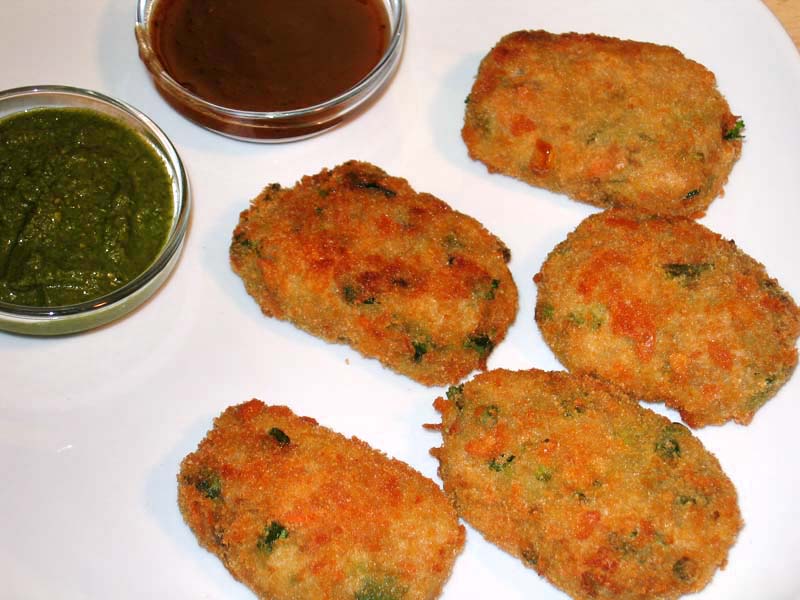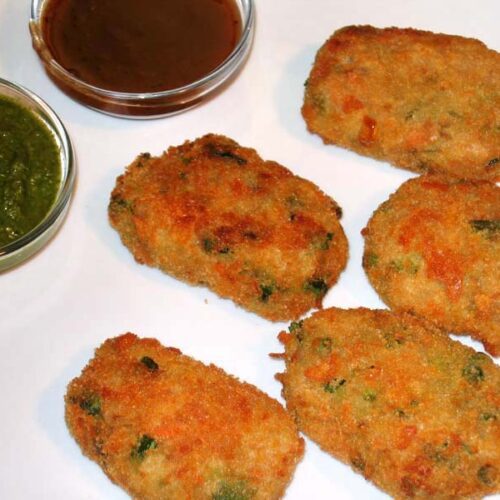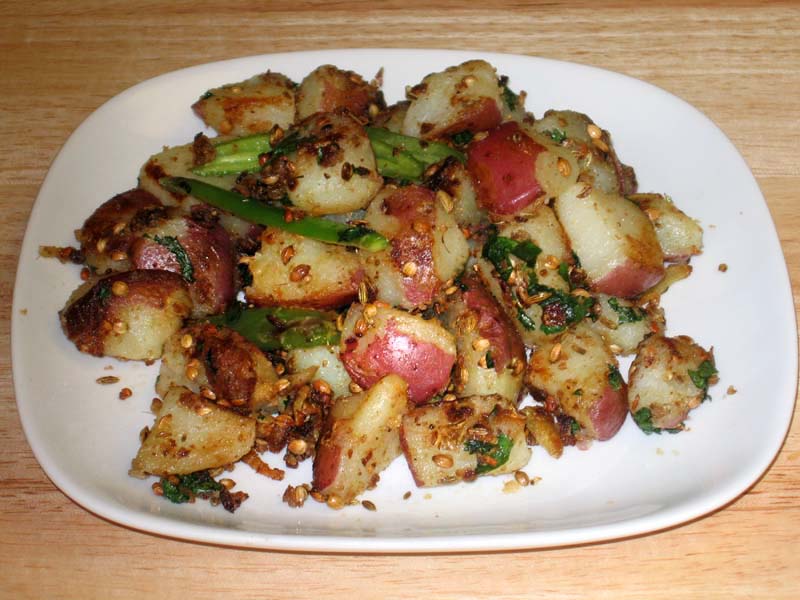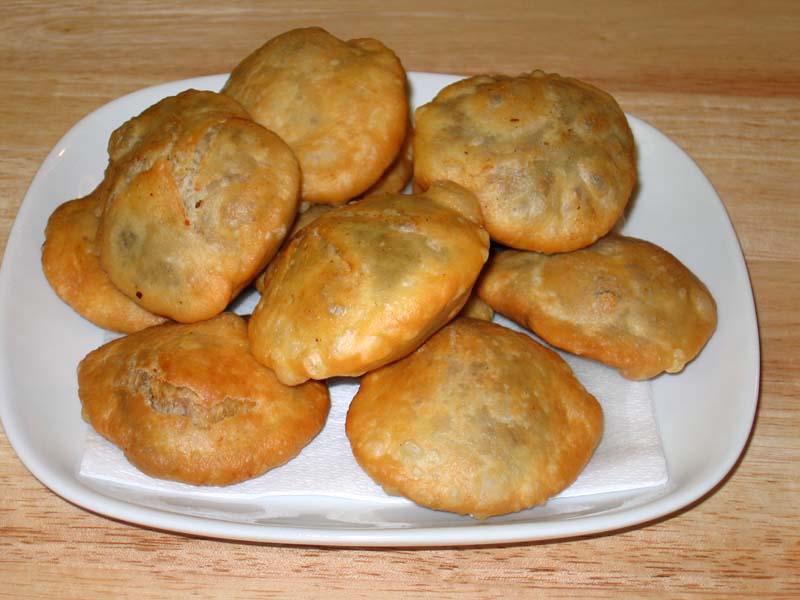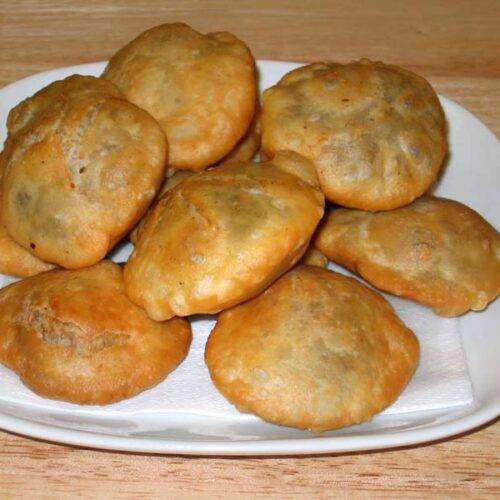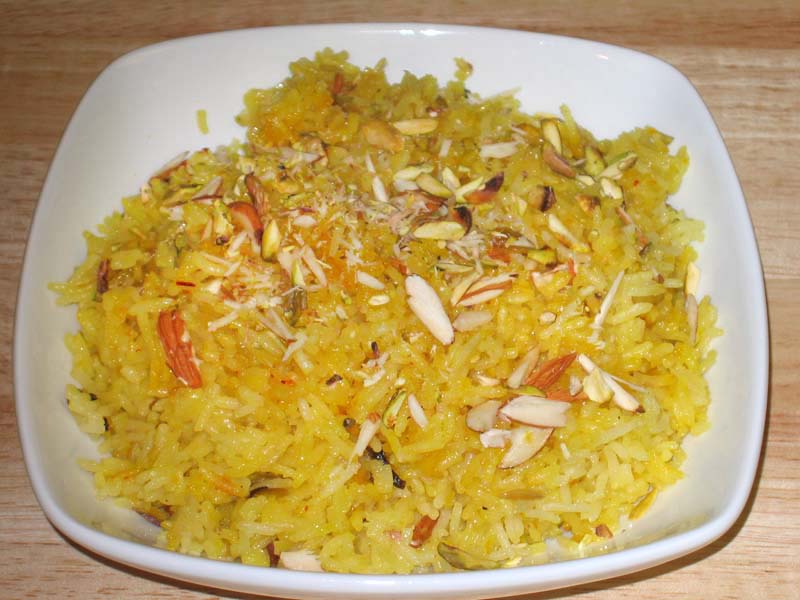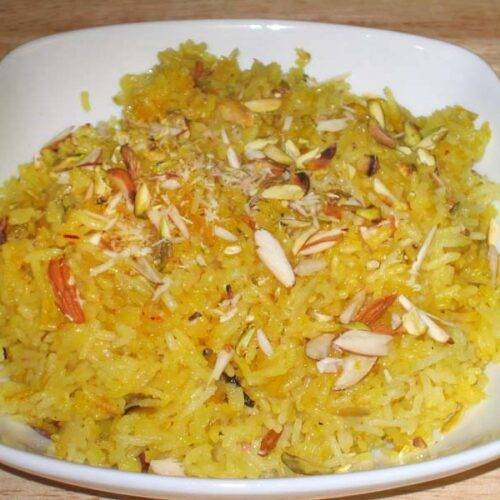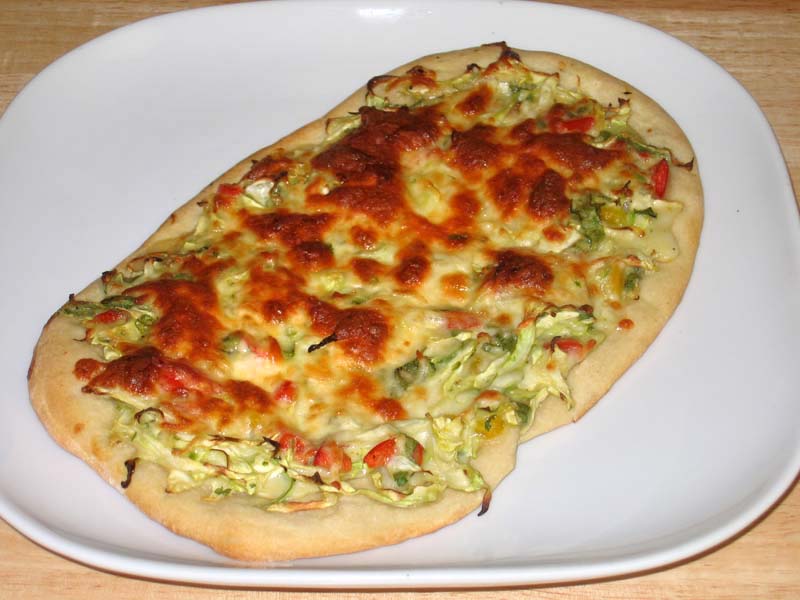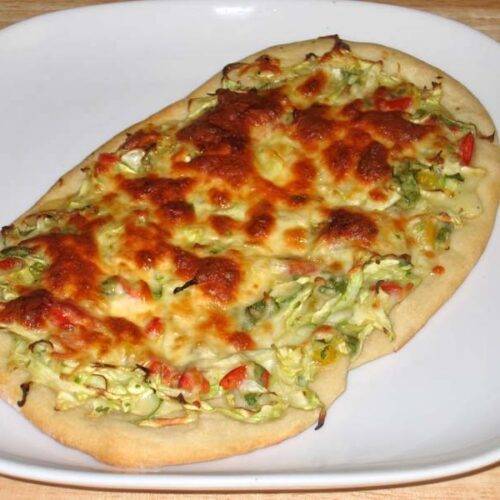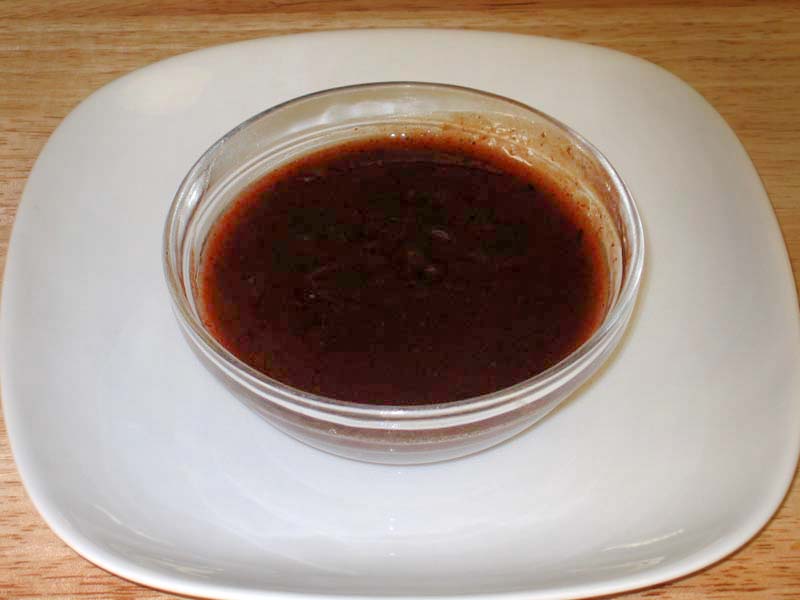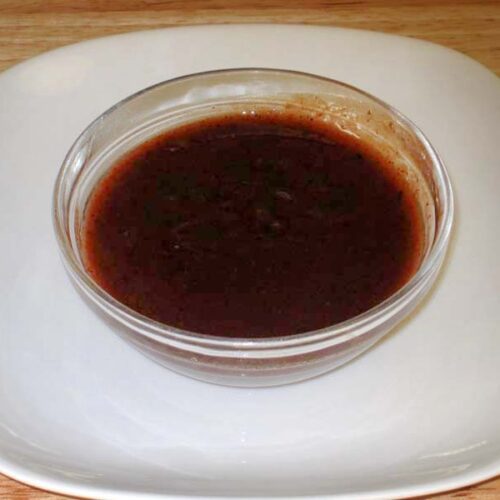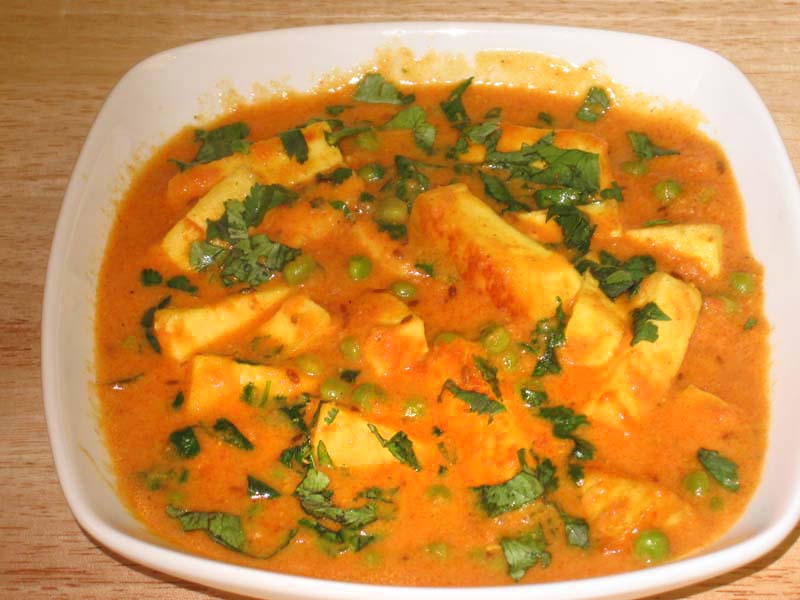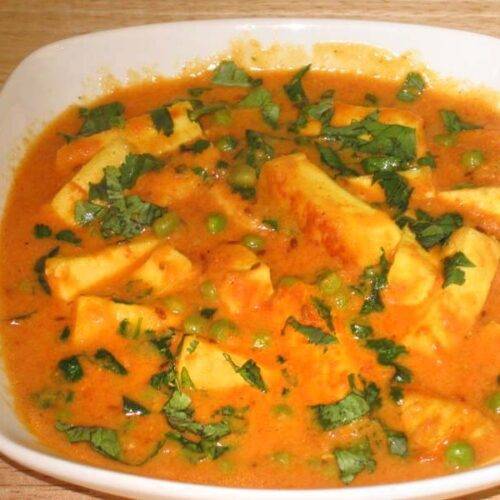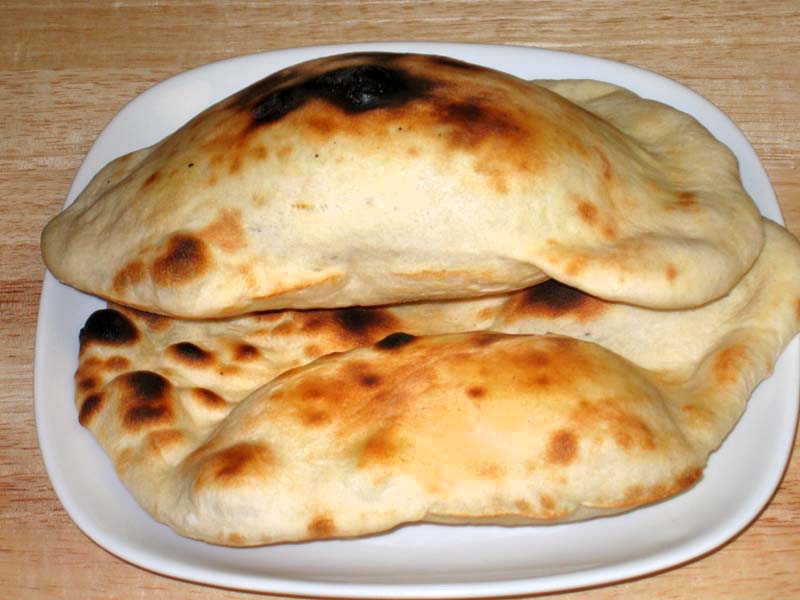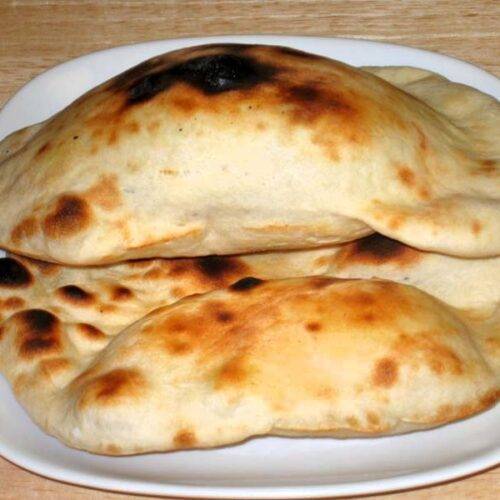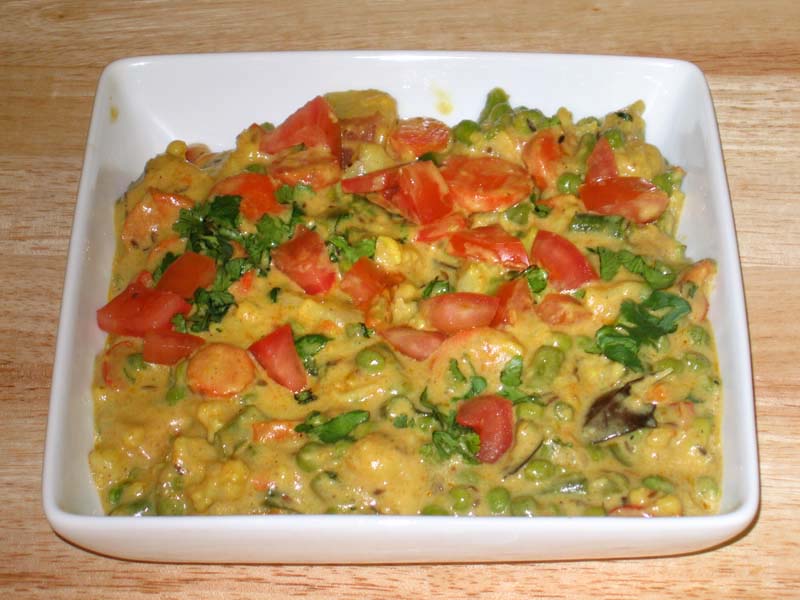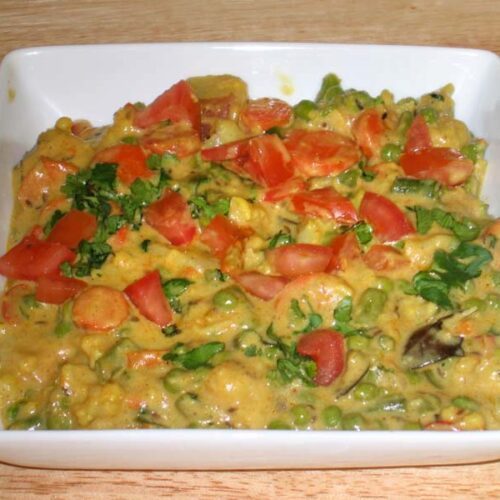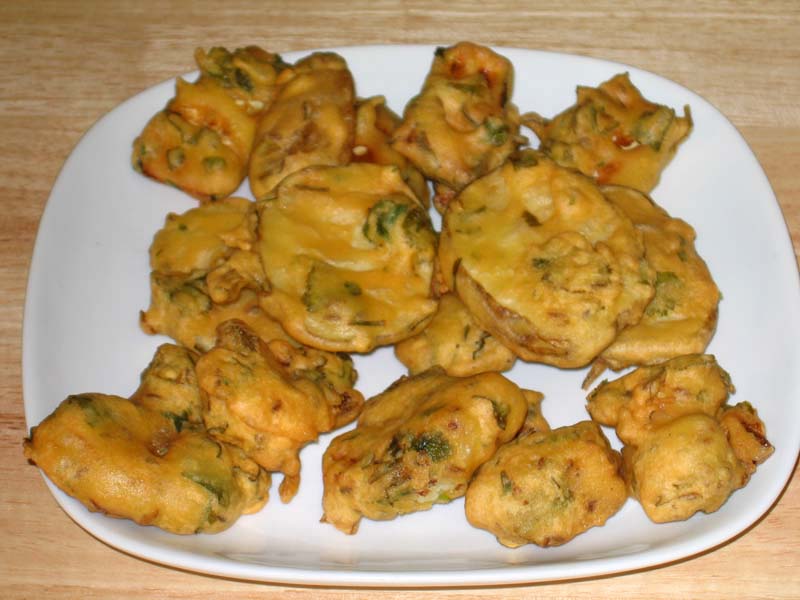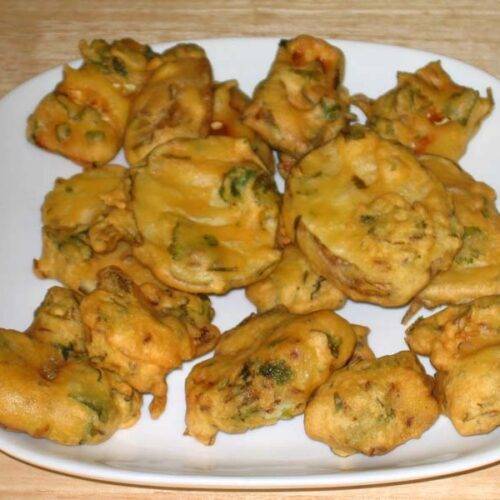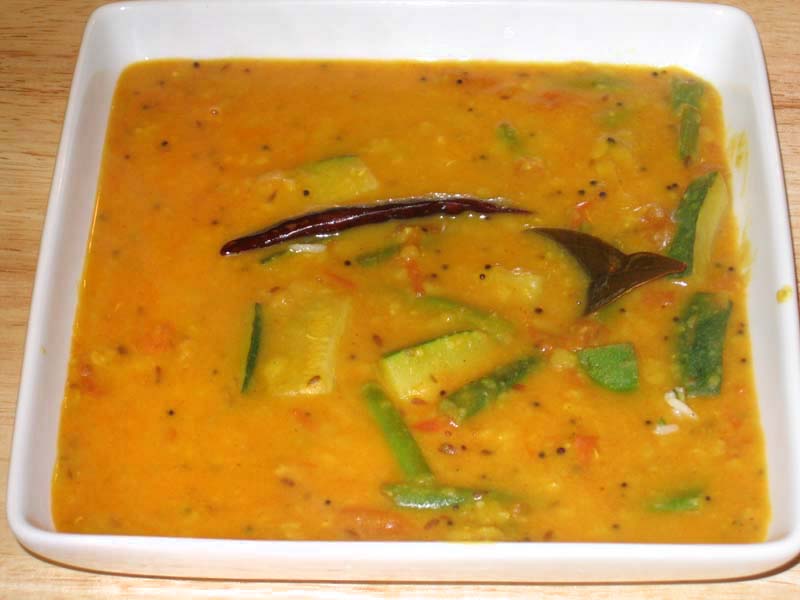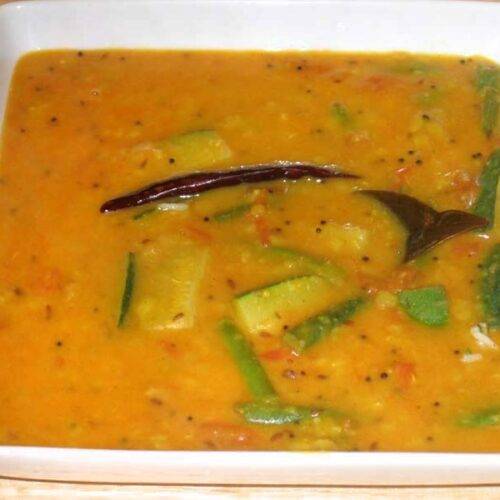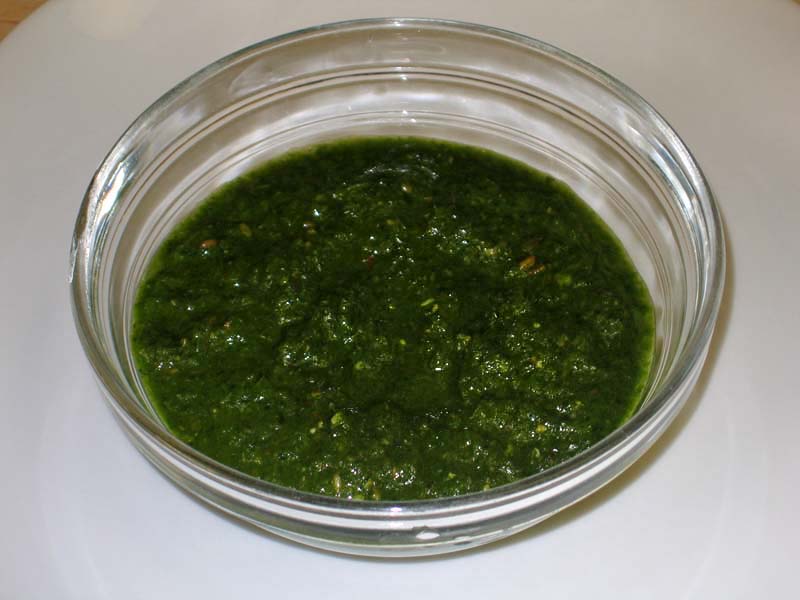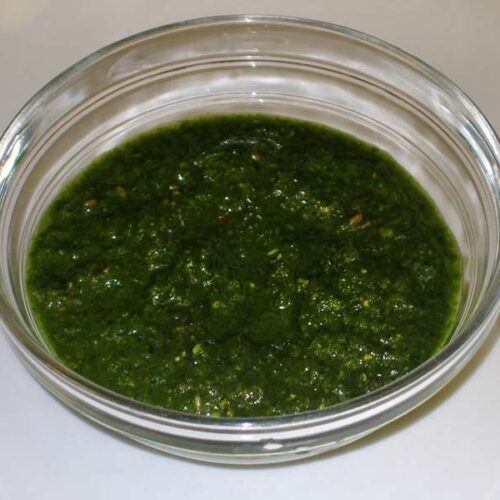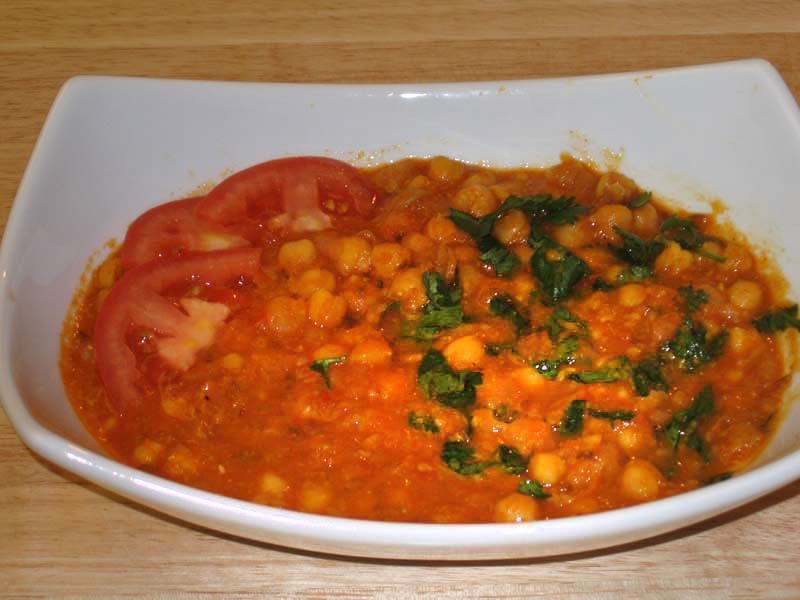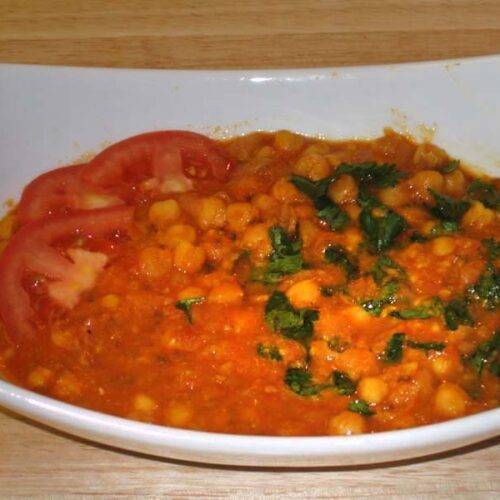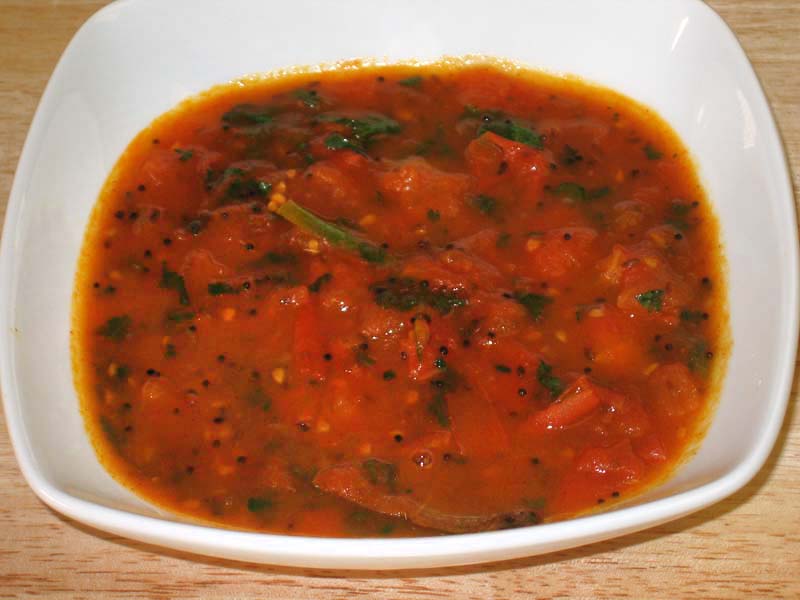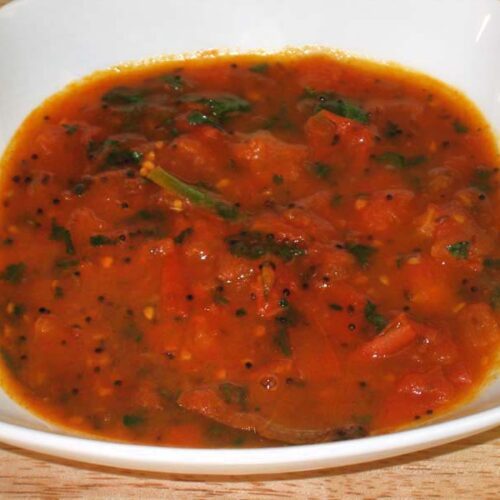Bengali Rasgulla, Bangali Sweet
Ingredients
- 4 cup milk
- ¼ cup lemon juice
- 1 ½ cup sugar
- 4 ½ cup water
Instructions
Making Paneer
- Mix lemon juice in half cup of hot water and keep aside.
- Boil the milk in a heavy bottomed pan over medium heat, stirring occasionally, making sure not to burn milk. As the milk comes to a boil, add the lemon juice gradually and stir the milk gently. The curd will start separating from the whey, turn off the heat.
- Once the milk fat has separated from the whey, drain the whey using a strainer line with cheesecloth or muslin cloth. Wrap the curd in a muslin cloth, and rince under cold water, and squeeze well. This process takes out the sourness from the lemon.
- To take out the excess water squeeze the cloth, or press the wrapped paneer under a heavy pan for about one hour.Taking the right amount of water out of the paneer is the most important part of this recipe.
- To check if enough water is out of the paneer, take a little piece of paneer on your palm and rub with your fingers. After rubbing the paneer for about 15-20 seconds, you should be able to make a firm but smooth ball.
- Once the paneer is drained, place on a dry, clean surface and knead the paneer for 3-4 minutes until the paneer is almost rolls into smooth soft dough.
- Knead the paneer by dragging the palm of your hand hard on the paneer. Keep scooping it back to togather and knead more. If the paneer is too crumbly, add a teaspoon of water. Your palm will be little greasy.
Making Rasgulla
- Divide the dough into 12 equal parts and roll them into smooth balls. To make the balls apply some pressure at the first and then release when forming the balls.
- Mix the sugar and water in a pressure cooker on medium high heat and bring to a boil.
- Add the paneer balls and close the pressure cooker. After the pressure cooker starts steaming, turn the heat to medium and cook for about seven minutes.
- Make sure the pressure cooker is large enough to accommodate the finished Rasgullas, as they will expand to about double in the volume while cooking in the syrup.
- Close the heat and wait a few minutes before you opening the pressure cooker. Pour cold water over the pressure cooker before opening.
- Rasgullas should be little spongy. After rasgullas are refrigerated the sponginess will reduce and will be soft in texture.
- Serve the Rasgullas chilled.
Notes
Bengali Rasgulla: History and Origin
Bengali Rasgulla, also known as “Roshogolla,” is one of the most beloved and iconic sweets of Bengal. This soft, spongy dessert, made from chhena (an Indian cottage cheese) and soaked in sugar syrup, has a rich history that intertwines with the cultural fabric of Bengal.
The Origin of Rasgulla
The origin of Rasgulla is a topic of debate between the states of Odisha and West Bengal, with both laying claim to its invention. However, the version we know today as the Bengali Rasgulla is credited to the ingenious confectioner Nobin Chandra Das of Kolkata.
Nobin Chandra Das and the Invention
In the mid-19th century, Nobin Chandra Das, a sweet-maker in Kolkata, perfected the recipe of Rasgulla. The story goes that he experimented tirelessly to create a sweet that was light, spongy, and immersed in a clear syrup. His creation was an instant success and quickly became a staple in Bengali households.
Popularity and Cultural Significance
The popularity of Bengali Rasgulla skyrocketed, and it became a symbol of Bengali pride and culinary expertise. The sweet is not just a dessert but a part of various celebrations and rituals in Bengal. It is a common offering to gods during festivals and an essential part of festive feasts.
Geographical Indication (GI) Tag
In 2017, the state of West Bengal was awarded the Geographical Indication (GI) tag for “Banglar Rasogolla,” acknowledging its distinctiveness and origin in Bengal. This helped cement its identity and provided recognition to the rich heritage of Bengali sweets.
Characteristics of Bengali Rasgulla
Bengali Rasgullas are known for their unique texture and flavor. They are made from freshly curdled chhena, kneaded into smooth balls, and then boiled in a light sugar syrup. The key to their distinct texture lies in the perfect balance of kneading the chhena to the right consistency and cooking it at an optimal temperature. The result is a melt-in-the-mouth, spongy delight that oozes sweetness with every bite.
Evolution and Variations
Over time, Rasgulla has evolved, and various regions have introduced their own variations. Some are stuffed with dry fruits, while others are soaked in flavored syrups. Despite these innovations, the traditional Bengali Rasgulla remains the gold standard, revered for its simplicity and purity of taste.
Here are some variations of paneer-based desserts from Manjula’s Kitchen:
- Paneer Burfi: Paneer Burfi is a rich and delicious Indian dessert made with fresh paneer, sugar, and flavoured with cardamom. It’s often garnished with chopped nuts for added texture and flavour.
- Ras Malai: Ras Malai is a popular dessert where soft paneer discs are soaked in creamy, flavoured milk and garnished with nuts and saffron. It’s known for its rich, melt-in-the-mouth texture and delightful taste.
- Malai Ladoo: Malai Ladoo is a simple yet indulgent dessert made with paneer, condensed milk, and flavored with cardamom. These soft and creamy laddoos are perfect for festive occasions.
- Kalakand: Kalakand is a delectable paneer-based dessert that is known for its grainy texture and rich flavor. Made with paneer, condensed milk, and sugar, it is often garnished with pistachios.
- Chum Chum: Chum Chum, also known as Cham Cham, is a Bengali sweet made with paneer. It is similar to Rasgulla but is usually stuffed with khoya or mawa and garnished with coconut or dry fruits.
These variations of paneer-based desserts showcase the versatility and richness of paneer in Indian sweets. Each dessert has its unique flavor and texture, making them perfect for different occasions and preferences.
Frequently Asked Questions (FAQ) about Bengali Rasgulla
What is Rasgulla?
Rasgulla is a traditional Indian dessert made from chhena (Indian cottage cheese) and semolina, formed into balls and soaked in sugar syrup.
What is the origin of Rasgulla?
The origin of Rasgulla is contested between Odisha and West Bengal. However, the Bengali version of Rasgulla was popularized by Nobin Chandra Das in Kolkata in the mid-19th century.
What is the difference between Bengali Rasgulla and Odia Rasgulla?
Bengali Rasgulla is known for its spongy texture and is soaked in clear, light sugar syrup. Odia Rasgulla, known as “Pahala Rasgulla,” tends to be softer, grainier, and is often brownish due to the use of caramelized sugar syrup.
How is Rasgulla made?
Rasgulla is made by curdling milk to get chhena, kneading the chhena into a smooth dough, forming balls, and then boiling them in a light sugar syrup until they become spongy and absorb the syrup.
What is the key to making perfect Rasgulla?
The key lies in properly kneading the chhena to achieve a smooth texture, maintaining the right temperature while boiling, and ensuring the syrup’s consistency is light and not too thick.
Can Rasgulla be stored?
Yes, Rasgulla can be stored in the refrigerator for up to a week. They should be kept in the syrup to maintain their moisture and sponginess.
Are there any variations of Rasgulla?
Yes, there are several variations. Some include stuffed Rasgulla with dry fruits, flavored Rasgulla with rose or saffron, and baked Rasgulla which is a popular modern twist.
Is Rasgulla gluten-free?
Traditional Rasgulla is not gluten-free due to the addition of semolina. However, gluten-free versions can be made by omitting semolina or using a gluten-free alternative.


